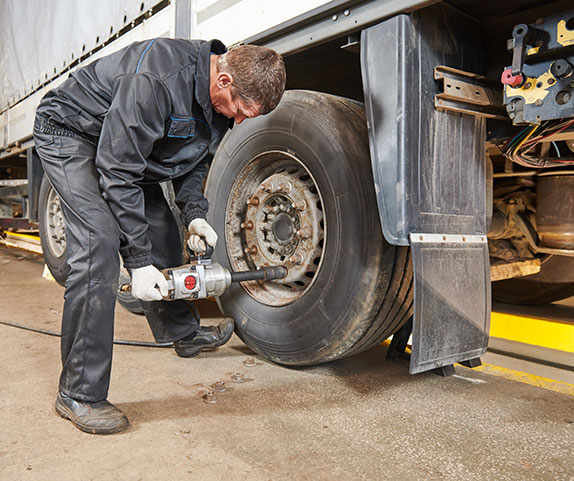Tire Repair Myths Debunked: Separating Fact From Fiction
In the world of vehicle upkeep, tire repair service holds a significant location, yet it is typically shrouded in misconceptions and misconceptions that can bring about confusion for vehicle proprietors. Comprehending the distinction between truth and fiction when it involves tire repair is critical for guaranteeing both safety and security and cost-effectiveness. From the misconceptions surrounding patching versus connecting a punctured tire to the efficiency of different tire sealants, there are several crucial areas where clarity is required to make enlightened choices. Allow's lose light on some common tire repair service misconceptions and different them from the truth to encourage you with the expertise needed to navigate this necessary aspect of automobile upkeep.
Typical Tire Repair Service Misconceptions
Eliminating common misunderstandings bordering tire fixing is important for keeping roadway safety and extending the longevity of your automobile's tires. One typical myth is the idea that a punctured tire is beyond repair work and has to be replaced completely. Actually, many punctures can be properly fixed by an expert, complying with market requirements. It is important to comprehend that not all slits are created equal; while some may certainly call for a tire replacement, the majority can be safely fixed.
One more misunderstanding is the concept that a do it yourself tire repair service set is an adequate solution for all tire problems. While these packages can be convenient for short-lived solutions in emergency situations, they are not an irreversible solution and may not resolve the underlying issue (morris tire). Seeking the proficiency of a qualified tire technician is constantly advised to ensure the safety and honesty of the tire

Can You Repair a Punctured Tire?
Fixing a pierced tire is a common practice in the automobile industry, frequently carried out by professional technicians following details standards and standards. Slits found on the walk location of the tire are usually repairable as long as they are within a specific dimension restriction and do not affect the tire's architectural honesty.
It is essential to note that penetrates near the sidewall or shoulder of the tire are normally not repairable due to safety and security concerns. Such areas undertake substantial tension and flexing, making repairs undependable and possibly harmful. In addition, if the slit is too large, surpassing the recommended repairable dimension, or if the tire shows indications of internal damage, it is more secure to replace the tire completely.
The Truth Regarding Patching Vs. Plugging
When considering the repair service of a pierced tire, understanding the distinctions between patching and plugging is crucial for making notified choices relating to tire maintenance and safety and security. Covering involves repairing the tire from the within, where a spot is put on cover the puncture. This method is thought about more reputable and durable as it resolves the damages inside, minimizing the danger of air leakage and more tire damages. On the other hand, plugging is a quick solution that entails placing a rubber plug into the punctured area from the outside. While plugging is hassle-free and can be done without removing the tire from the rim, it is usually considered a momentary service and might not provide the exact same level of durability as a spot.
Myth: All Tire Sealants Are Reliable

When selecting a tire sealant, think about aspects such as the dimension of punctures it can effectively repair, compatibility with tire pressure surveillance systems (TPMS), and whether it is safe for the tire material. Reviewing testimonials and seeking recommendations from professionals can aid you make a notified choice. In addition, regular maintenance and prompt replacement of sealant can help make sure ideal efficiency. Remember, while tire sealants can be useful in emergency situations, they are not an alternative to proper tire care and upkeep.
Finest Practices for Handling Apartment Tires
In light of the varying performance my response of tire sealers, recognizing finest techniques for taking care of flat tires is essential for preserving roadway safety and lorry performance. Loosen the lug nuts, elevate the vehicle with the jack, eliminate the lug nuts and level tire, and replace it with the spare tire. Store away the level tire, tools, and devices, and bear in mind to check the spare tire's pressure regularly.
Final Thought
To conclude, it is important to separate reality from fiction when it concerns tire repair service myths. Comprehending the fact concerning covering vs. connecting, the effectiveness of tire sealants, and her comment is here finest practices for dealing with punctures can help make certain the safety and long life of your tires. By exposing typical misunderstandings and complying with proper repair check out here work standards, you can make informed decisions when it pertains to maintaining the health of your car's tires.